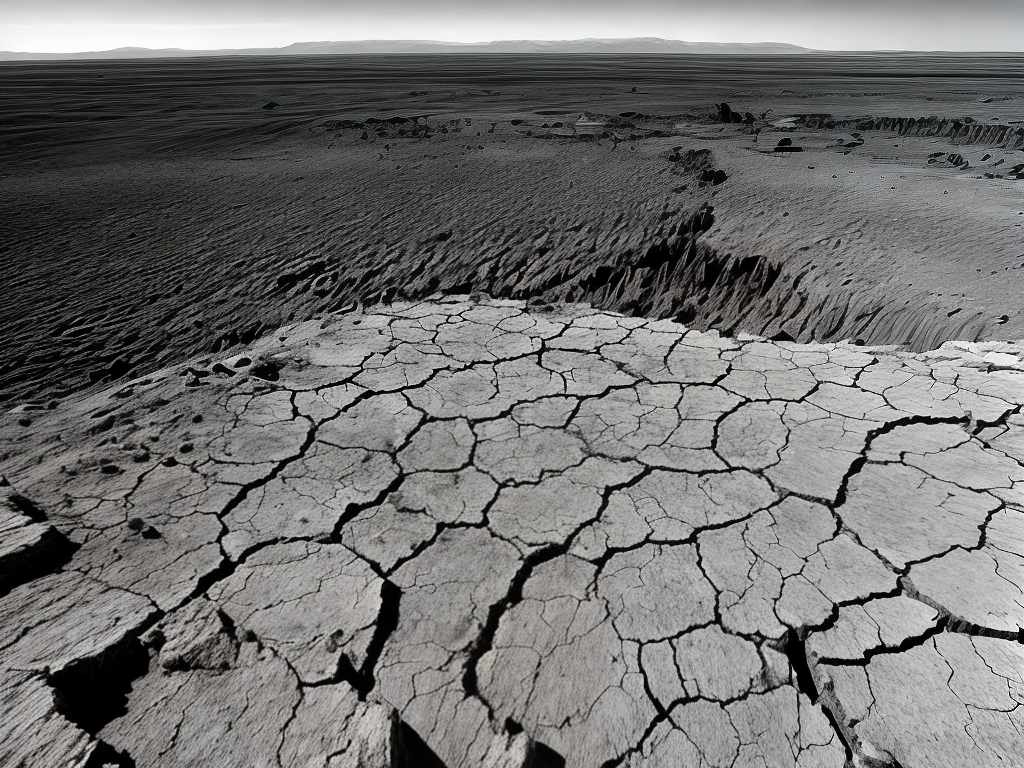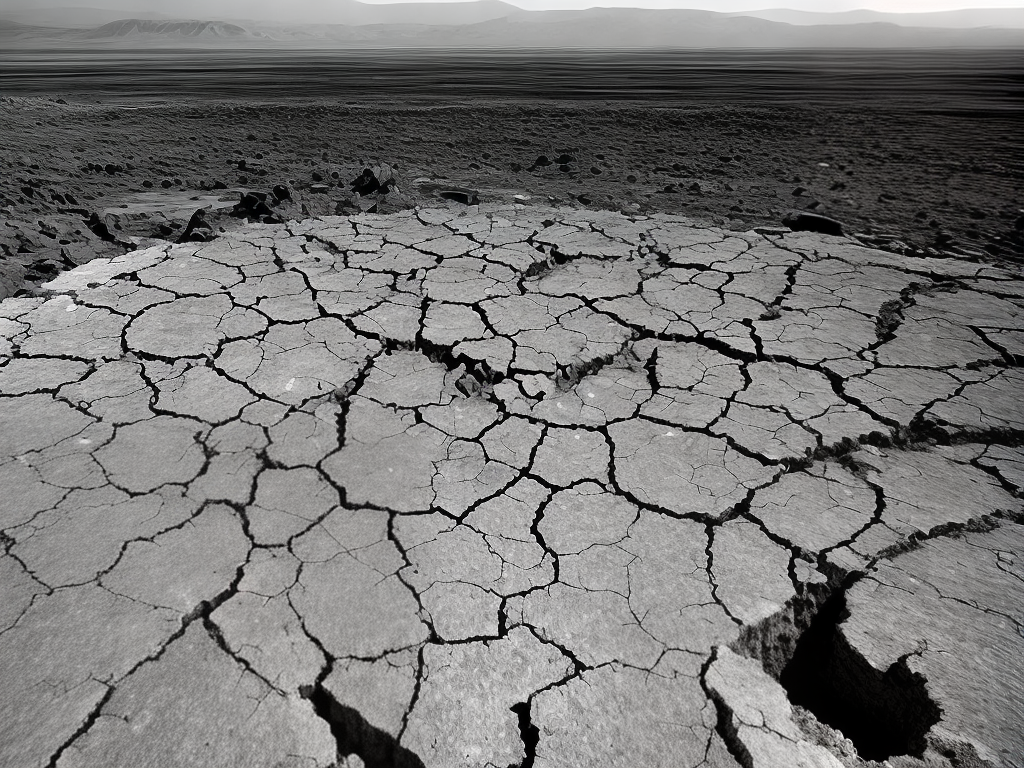
Understanding the art of Building Snow Caves can be a game-changer in winter survival scenarios. From the Eskimo Igloo Building techniques to the simpler Snow Trench Shelter method, it’s all about using readily available resources.
DIY Snow Shelters are not just about piling up snow; it involves strategic planning and specific techniques.
it’s important to start by picking an appropriate site, ideally where the snow is deep and firm.
Survival Caves can provide ideal refuge against harsh winter climates. The science behind the warmth in Snow Caves is simple – snow is an effective insulator, thus trapping body heat within the shelter.
The Snow Cave Construction is a meticulous process, paying attention to Snow Cave Dimensions ensures enough room for sleeping and sitting upright. The entrance should be small to minimize heat loss, while internal carving creates cold wells to keep the sleeping area dry. Cold weather survival is a crucial skill to master, essential for anyone who engages in outdoor activities during winter or lives in areas prone to severe temperature drops. .
‘Click here to learn more about’ pro outdoorsurvival.com
Introduction to DIY Survival Shelters Building Snow Caves in Winter
Seasoned adventurers recognize the significance of honing Winter Survival Tactics, and one crucial aspect involves mastering DIY Winter Shelters. The heart of winter wilderness survival lies in understanding the characteristics of snow and utilizing them to your benefit, such as the insulating properties of snow.
Interestingly, Inuit Snow Shelters or Eskimo Igloos, despite being made from blocks of snow, can maintain a temperature of around -5 to 0 degrees Celsius even when the outside temperature drops below -40 degrees.
The reason lies in a smart use of snows insulating properties and the heat produced by the human body.
Constructing a Quinzee – a type of snow shelter similar to an igloo but easier to build – can be an efficient method of providing emergency refuge in snowy terrains. The process involves piling snow into a mound, letting it sinter or harden, and then hollowing out the inside.
The rounded shape of a Quinzee helps to evenly distribute the weight of the snow, providing stability.
The techniques of Building Winter Shelters also include the concept of a Snow Bivouac.
Radical yet straightforward, it’s just about digging a trench in the snow and using snow blocks or a tarp as a makeshift roof. for those who partake in winter outdoor activities, as it can potentially save lives in emergency situations. .

Essential Tools for DIY Winter Shelter Building
Supporting Facts about
- Item 1
is a HTML tag used to denote the end of a paragraph.
- Item 2 The tag itself does not display anything visually on the webpage. It is used to structure and organize the content.
- Item 3 It is essential to use this tag correctly to ensure the webpage is displayed as intended.
- Item 4 Incorrect usage of
can disrupt the formatting and layout of the webpage.
Mastering the Construction of Survival Caves
In the realm of winter survival tactics, having knowledge on building snow caves can be lifesaving. These DIY snow shelters are more than mere heaps of snow.
Theres a science to their construction that ensures both warmth and safety.
Primarily, choosing a good location is vital.
It should be a snow-enriched spot, away from any falling branches or wind exposure.
A critical element in constructing survival caves is the snows consistency.
Fluffy, fresh snow may seem ideal, but it’s snow cave construction you want hardened, compressed snow. This strength increases the caves durability, protecting you from the harsh winter elements.
While building winter shelters, particularly snow caves, remember the importance of size.
The interior should be just large enough for you to fit snugly.
This compact design retains body heat, transforming your snow cave into a warm retreat.
Though bear in mind that ventilation is crucial in a snow shelter building.
Therefore, always leave small air holes in your cave, guarding against carbon dioxide poisoning.
Remember, mastering the art of snow survival techniques is an essential skill for winter wilderness survival.
This proficiency can be the difference between life and death, so constant practice and learning are necessary.
The Art of DIY Snow Shelter Creation
Polar Survival Shelters A Must Know for Extreme Conditions
Techniques for Effective Snow Shelter Insulation
A Guide to Building Your Own Winter Shelters
Step by Step Process for Building a Quinzee
In the heart of winter, emergency situations may require you to create a makeshift abode to brave the cold. One efficient approach to this is building a Quinzee, a type of homemade snow shelter.
The process begins by selecting a snow heap that’s at least 6-8 feet high.
Ensure the snow pile is stable to support your Snow Cave Construction.
Using a snow shovel, start digging into the center of the pile, being careful not to reach the ground. Forming the inner chamber, make sure you maintain sufficient wall thickness for durable Snow Shelter Building.
One of the key Winter Survival Tactics includes making the walls about a foot thick.
To check wall consistency, you can use Snow Shelter Tools like small sticks, pushing them from outside into the snow.
Once youve reached the sticks from inside, you know your wall thickness is appropriate.
Once your basic structure is ready, begin carving out your entrance tunnel.
This step may require extra attention to Snow Cave Safety, ensuring the entrance is not too large to compromise stability.
As a final step, you may want to consider Snow Shelter Insulation methods.
A layer of snow on the inner walls can add extra warmth, while a waterproof mat or blanket can provide a comfortable sleeping platform.
Remember, your Quinzee is not meant for long-term survival. strategy, aimed at helping people navigate through the harsh, freezing conditions safely and efficiently.
Safety Measures in Snow Den Construction
For safety during DIY Snow Shelters construction, careful planning and execution are crucial. A crucial first step is selecting a safe area free from signs of snow instability or imminent avalanches.
Equally essential is understanding the snow, as Winter Survival Tactics emphasize the importance of recognizing the different types of snow and how they influence the stability of your shelter.
Hard-packed snow is best for Snow Shelter Building, as it is durable and less likely to collapse.
Proper Snow Shelter Ventilation is crucial.
Make sure to carve air holes in your structure, as the lack of ventilation can lead to suffocation, a common danger in Ice Shelters. Adding a small exhaust hole in the top or a vent in the door can avert this risk.
Winter Survival Courses also stress the importance of a visible exterior signal.
This is important for rescue teams to locate your Snow Bunker Construction in case of emergencies. Colorful gears, branches, or even a piece of clothing can serve as markers.
Arctic Survival Shelters insist on keeping a survival gear within your reach inside the Snow Cave.
This should include a shovel for any necessary modifications and a torchlight to signal for help.
Remember, a well-planned Snow Shelter Building can significantly increase your chances of survival in extreme winter conditions.
Winter Survival Strategies Living in Cold Extreme Conditions
Equipped with Winter Survival Tips, making sure to stay dry becomes paramount, as wet clothing can lead to hypothermia. Layer your clothing to control body heat effectively and always keep spare clothing in your survival kit.
Snow Survival Techniques also include the effective use of energy.
Despite the cold weather, overexertion can lead to sweating followed by a chill, creating an uncomfortable and potentially dangerous situation.
For shelter, Bushcraft Snow Shelter techniques are useful. A snow trench shelter, for instance, is simpler and quicker to construct than other snow structures.
It is built by digging a trench in the snow and covering it with a tarp or snow blocks which act as an effective wind barrier.
When stuck in extreme cold locations, viewers might benefit from watching a Snow Shelter Making Tutorial.
In-depth guides often provide step-by-step instructions on building a range of shelters such as survival caves and igloos.
For nourishment, the Survival in Extreme Cold principle underscores the importance of keeping hydrated and maintaining calorie intake.
Melting snow for water is an option, but one should ensure it is adequately heated to kill any potential bacteria.
With regard to navigation, using snow formations can assist in estimating wind direction. For travel, always plan your route according to the weather forecast to avoid delays, possible shut downs or any other adverse conditions that could disrupt your journey. .
Winter Survival Tips
- Wearing layered clothing and keeping spare clothing can help control body heat and prevent hypothermia.
- Overexertion can lead to sweating followed by a chill, creating a potentially dangerous situation.
- A snow trench shelter is an effective way to protect oneself from the wind in snowy conditions.
- Staying hydrated and maintaining calorie intake is crucial for survival in extreme cold, and melting snow can be a source of water.

